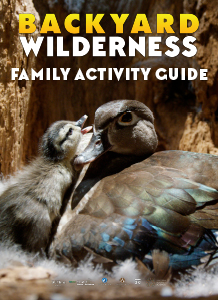
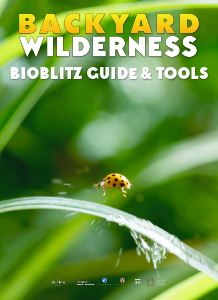
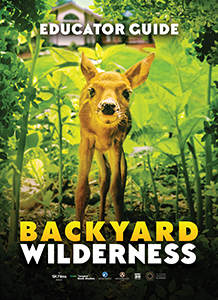
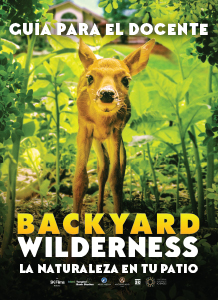
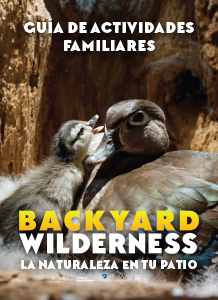
Backyard Wilderness is more than just a film, it's also part of a much larger educational campaign and experience that includes a variety of exhibits, informational guides and programs that reinforce and expand upon the scientific concepts covered and wonders of nature shown in the film. This section provides a variety of different educational tools available to students and teachers to help them further explore the ideas in the film that can be studied right in your own classrooms, backyards and local ecosystems!
Backyard Wilderness can be used in a variety of ways to augment science lessons and school curricula for a wide range of ages and grade levels, from kindergarten to high school. Whether it's witnessing how the environment is influenced by human activities, how species depend on one another for survival or how ecosystems change throughout the seasons, there are many ways teachers can use the film to enrich their lesson plans and instill lifelong learning for a number of subject matters. The film meets U.S. Next Generation Science Standards in many key areas.





The film meets U.S. Next Generation Science Standards in many key areas
Backyard Wilderness will bring nature into the classroom and support international education requirements with a specific adherence to the Next Generation Science Standards (U.S.) in several categories, including:
Flow of Energy in Organisms - Food webs are models that demonstrate how matter and energy are transferred between producers, consumers and decomposers.
Growth & Development of Organisms - Through mating rituals and behaviors, plants and animals instinctively interact to increase the odds of reproduction.
Interdependent Relationships in Ecosystems - Ecosystems sustain themselves because all organisms that reside within it depend on each other for survival.
Biodiversity & Humans - Human development can reduce biodiversity and impact ecosystem services such as pollination or water purification.
